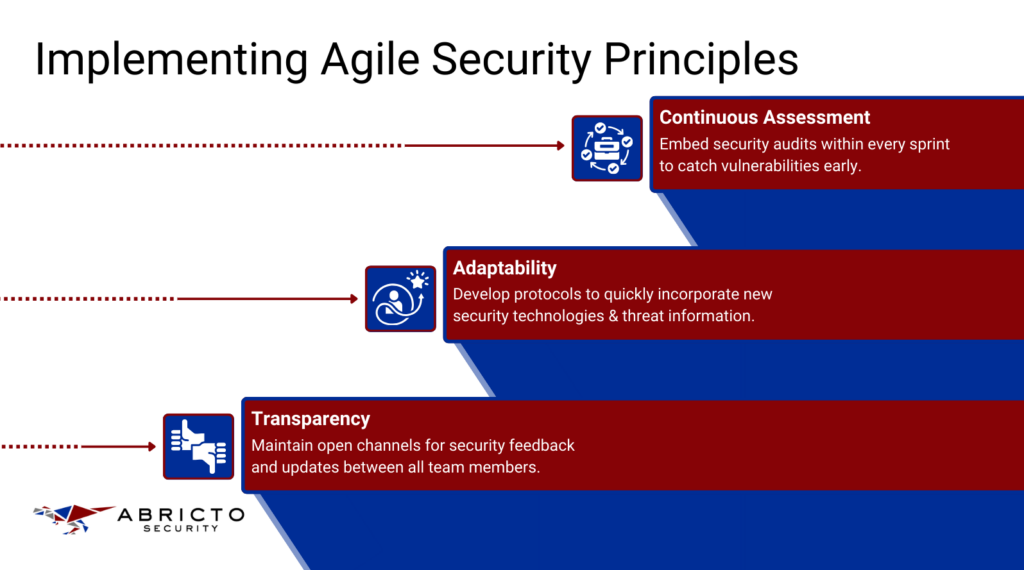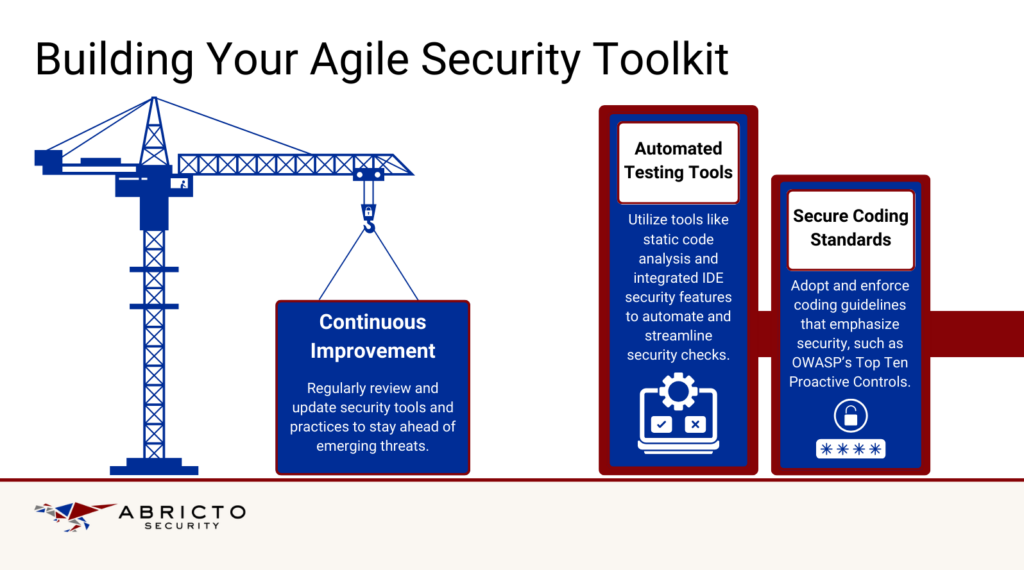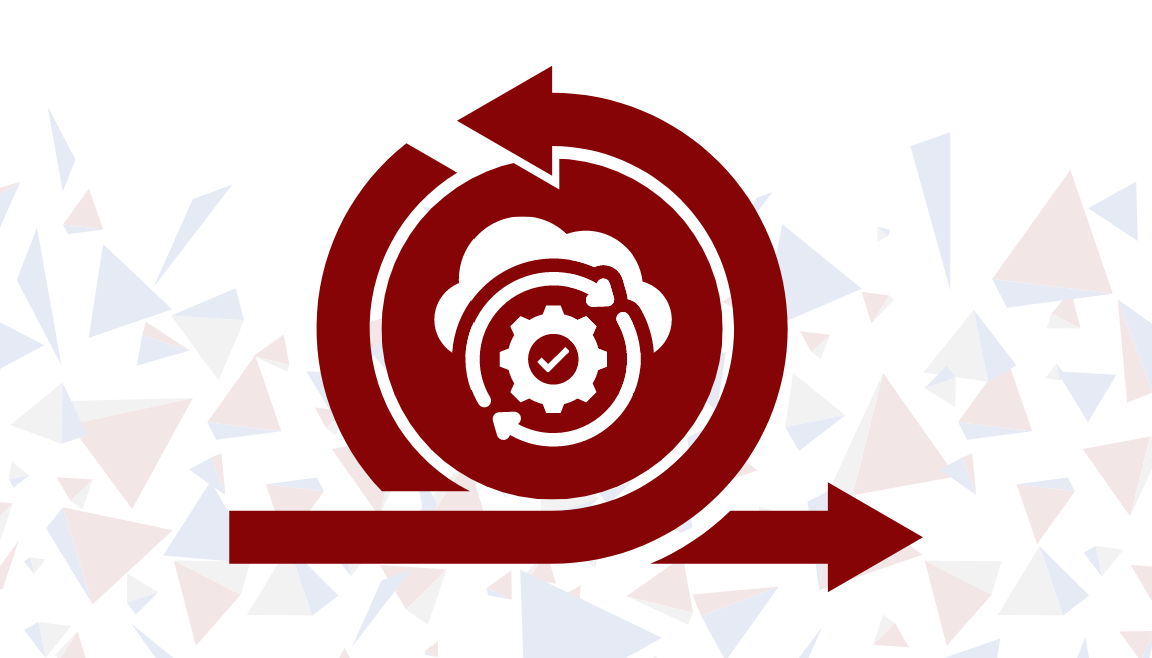Introduction
As a SaaS founder, you face the constant challenge of developing fast while keeping your applications secure. Balancing speed and security is tough but essential in today’s tech landscape. This article dives into Agile Security, a strategy that helps you weave strong security practices into every part of your Agile development process. By embracing these principles, you can ensure your SaaS applications are secure from the very start, through to deployment and beyond, giving you peace of mind and keeping your customer’s trust intact.
The Need for Agile Security in SaaS
You know how important it is to protect your applications and keep your customers’ trust. Your applications, being accessible online, may be vulnerable to threats like data breaches and unauthorized access. Knowing that any security lapse could impact your business and the people who rely on your services can be incredibly stressful. Plus, the shared responsibility of security between you and your customers adds another layer of complexity.
In the fast-moving world of SaaS, proactive security measures are not just important—they’re crucial. By integrating security practices from the start and maintaining them throughout your development process, you can catch potential issues early before they become major problems. This means less worry and more focus on growing your business.
When security is woven into every stage of development, it becomes a seamless part of your workflow rather than a burdensome task. This protects your applications and shows your customers that you are committed to keeping their data safe, boosting their confidence in your service, and helping your business thrive.
Principles of Agile Security

As a SaaS founder, you know the importance of protecting your product and customer data. Integrating security into your Agile development process can seem overwhelming, but it’s essential and manageable with the right approach. Here’s how you can make it work effectively.
Start with Security: Embedding from the Outset
Think of security as a fundamental part of your Agile process, not an add-on. From the first sprint, include security reviews, threat modeling, and risk assessments in your daily scrums and sprint planning. This means every team member is aware of potential vulnerabilities and working to address them from the start. By making security a part of every decision from design to production, you build a solid foundation that helps prevent issues before they escalate.
Continuous Assessment: Ongoing Security Testing and Evaluation
One of your biggest concerns might be keeping up with constant security threats without slowing down development. The answer lies in continuous assessment. Integrate automated security testing tools, like SAST and DAST, into your CI/CD pipeline. These tools continuously scan your code for vulnerabilities, giving you real-time feedback. This way, your developers can fix issues immediately, ensuring your product maintains a high level of security throughout its lifecycle without interrupting your development flow.
Adaptability: Rapid Response to New Security Threats
The tech landscape always changes, and new threats emerge regularly. To stay ahead, your security practices must be as agile as your development. Incorporate feedback loops that allow your team to quickly update threat libraries, patch vulnerabilities, and revise security protocols based on the latest intelligence. This proactive stance means your application can swiftly evolve to meet new security challenges, keeping your product and users safe.
Transparency and Communication: Building a Collaborative Environment
Effective security relies on clear communication and collaboration between your development and security teams. Use shared dashboards for real-time security updates and hold regular security-focused retrospectives. This transparency ensures everyone is on the same page and working towards the same security goals. You create a more cohesive and effective team by fostering a culture where security is a shared responsibility.
Your Agile Security Toolkit

Implementing Agile Security doesn’t have to be overwhelming, here’s a practical approach to integrating security into your workflow, ensuring your business thrives without compromising on security.
Regular Security Reviews:
Schedule monthly security audits to stay ahead of vulnerabilities. After any security incident, hold a quick debrief to discuss what happened and how to prevent future issues. This proactive approach ensures that security remains a priority and helps you learn from incidents, strengthening your system over time. You build a resilient product that earns customer trust by consistently reviewing and updating your security practices.
Integrate Automated Testing Tools:
Integrate SAST and DAST tools into your CI/CD pipeline to automatically scan for vulnerabilities with every code push. Equip your developers with IDE plugins that provide real-time security feedback as they write code. This automation ensures continuous security checks without slowing down development, allowing your team to identify and fix issues promptly. This results in a more secure, high-quality product that can be developed quickly and efficiently.
Establish Secure Coding Standards:
Create a document outlining secure coding practices based on OWASP’s Top Ten Proactive Controls and share it with your team. Conduct monthly training sessions to keep everyone up-to-date on the latest security practices and make security-focused code reviews mandatory before any code is merged. These steps help instill a security-first mindset in your team, reducing the risk of vulnerabilities and ensuring consistent, high-quality code.
Continuous Improvement:
Set up feedback loops to incorporate lessons from security audits and incidents into your security practices. Subscribe to threat intelligence services to stay informed about emerging threats. This continuous improvement process ensures your security measures evolve with the threat landscape, protecting your applications from new vulnerabilities. Keeping your security practices current helps you maintain a competitive edge and reassures customers that their data is safe.
Challenges and Solutions
Integrating security into Agile methodologies can feel like a big task, but understanding the common challenges and practical solutions can make your team and product easier and more effective.
Challenges when Integrating Security into Agile Methodologies:
Here are some of the common challenges you may encounter when it comes to implementing security throughout your agile development workflows:
- Resistance to Changing Workflows: Developers often resist changes to their established workflows, especially if they think these changes will slow or complicate their work. Security practices can sometimes be disruptive, making it hard to get everyone on-board.
- Perceived Slowdown of Development Processes: Agile development is about speed and efficiency. Adding security checks can slow things down, making it harder to meet tight deadlines and keep up with rapid iterations.
- Alignment Issues Between Security and Development Teams: Development and security teams often have different priorities. Developers want to deliver features quickly, while security teams focus on protecting against vulnerabilities. This can lead to communication gaps and misalignment.
- Security Requirements Overlooked in Fast-Paced Environments: Security considerations can sometimes be overlooked in the rush to get software out the door. This can lead to vulnerabilities that aren’t caught until later, if at all.
- Frequent Iterations Introducing New Vulnerabilities: Agile development involves frequent changes and updates to code. Each iteration can introduce new vulnerabilities, so constant vigilance is required to maintain security.
Solutions to resolve Agile Security Challenges
Now that you have a clear understanding of what possible challenges you may face when implementing security into your agile development workflow, below are ways in which you can overcome these challenges:
- Embed Security Champions in Agile Teams: Designate team members as security champions who can advocate for security practices within Agile teams. These champions can help integrate security seamlessly into workflows and demonstrate how it enhances product quality and reliability without significant disruption.
- Leverage Automated Security Tools: Use automated security tools to integrate security checks into your CI/CD pipeline. Tools like static application security testing (SAST) and dynamic application security testing (DAST) can run continuously, identifying vulnerabilities without slowing development. AppSec as a Service can provide and manage these tools, ensuring they fit smoothly into your Agile process.
- Foster Collaboration and Communication: Encourage regular communication between security and development teams. Shared dashboards for real-time security updates and security-focused retrospectives can improve visibility and alignment. AppSec as a Service can facilitate this collaboration by providing dedicated security experts who work closely with your development teams.
- Incorporate Security into the Definition of “Done”: Make security a part of the definition of “done” for each Agile sprint. This means that task is only considered complete once it meets predefined security standards. AppSec as a Service can help establish these standards and consistently apply them across all development activities.
- Adopt a Proactive and Adaptive Security Approach: Stay ahead of new threats by continuously updating security protocols and integrating automated testing tools. Regular threat modeling and vulnerability assessments can help identify and mitigate risks early. AppSec as a Service provides ongoing threat monitoring and vulnerability management, allowing your team to respond quickly to emerging threats.
How AppSec As A Service is Can Help Implement Agile Security
Integrating security practices into your Agile development workflow can be tough, but Abricto Security’s AppSec as a Service makes it practical and efficient. Imagine having seasoned security experts as part of your team without the need to hire full-time staff.
These professionals integrate seamlessly into your Agile process, performing security reviews, threat modeling, and risk assessments during your daily scrums and sprint planning.
Plus, with automated security tools like static application security testing (SAST) and dynamic application security testing (DAST) integrated into your CI/CD pipeline, your code is continuously scanned for vulnerabilities.
This real-time feedback allows your developers to fix issues immediately, keeping your development speed high while ensuring strong security practices from the get-go.
This proactive approach minimizes the risk of breaches and keeps your applications secure. It also helps you use your resources more efficiently, giving you access to top-notch security expertise without the overhead of full-time hires.
By embedding security into your existing workflows with minimal disruption, AppSec as a Service ensures your SaaS applications are secure and resilient while maintaining the speed and efficiency you need.
If you are looking to improve the security of your SaaS platform book in a call with us today to see how we can improve your security posture without compromising developer velocity.
